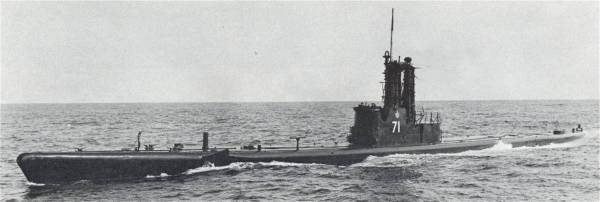The
1960s
The State of the RCN in 1963
Part 5: Submarines
Presentation given to the House of Commons on July 9th, 1963 by Vide-Admiral H.S. Rayner, Chief of Naval Staff.
|
|
|
|
|
TURNING FROM surface ships to undersea craft, the RCN requires submarines for training RCN and RCAF anti-submarine forces and also for use in anti-submarine operations.
Experience in other navies has shown that submarines themselves are very effective in the detection and destruction of other submarines. The submarines required for this anti-submarine role are specially fitted for the task and carry long range detection devices. Carrying these devices deep into the ocean and away from the surface noise and weather, the anti-submarine submarine can hover silently and listen out for an enemy. It has the capability of detecting other submarines many miles away and it is thus an important member of the anti-submarine team.
Anti-submarine warfare must be a team effort. This, together with the conditions of wind, weather, ice, and the vastness of the sea which surrounds Canada, dictate that ideally our anti-submarine force should be a comprehensive anti-submarine team consisting of ships, submarines, aircraft and fixed installations. The addition of submarines to our present maritime forces would improve and diversify our anti-submarine capability. It would also greatly increase the overall operational effectiveness of our forces and improve the operational training of the crews. Our surface and air A/S forces require constant practice with submarines to achieve a high state of training.
At present this training requirement is partially met on the East Coast by the loan of three submarines from the RN, two of which are normally on station while the other is undergoing refit; and on the West Coast by the loan of one submarine from the USN.
The
loan agreement between the British Admiralty and the RCN requires
that we pay operational and
maintenance costs and provide some of the personnel to man the three
East Coast submarines. The agreement has been in effect since 1955
and has provided much of the live submarine practice on the East
Coast. These RN submarines are unlikely to be available after 1966
or 1967 and the Admiralty is not planning to replace them.
In the case of the submarine Grilse on the West Coast, she is on loan for five years from the TJSN and is completely manned by RCN personnel (Figure 9).
|
Figure
9: HMCS GRILSE, West coast submarine on loan from the USN.
(E-63569) (Click
image for a larger version)
|
>>>
Go to Next Page

